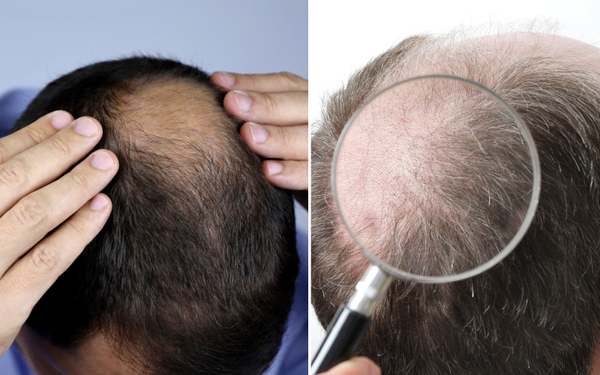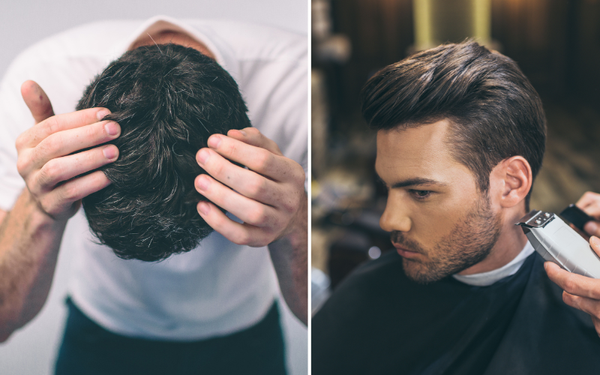As a hygiene-conscious person, you always want to make sure that the items you use on your body are clean and free from germs. When it comes to body scrubbers, the quest for hygiene is even more pronounced. Recently, silicone body scrubbers have grown in popularity due to their gentle exfoliation and ease of cleaning. However, there's a growing concern that these scrubbers harbour bacteria and other microorganisms, leading to skin infections and other health issues.
So, do silicone body scrubbers collect bacteria? Let's clear up the myth in this blog.
Firstly, it's essential to understand that bacteria are everywhere – in the air, in the water, on surfaces, and on your skin. Some of these bacteria are beneficial to your body, while others can cause harm. Therefore, it's impossible to have a completely sterile environment, let alone a silicone body scrubber. However, the good news is that silicone scrubbers are less prone to hosting harmful bacteria because they are non-porous, meaning that they don't have tiny holes where germs can hide and breed.
Secondly, silicone body scrubbers are easy to clean, making it easier to remove any bacteria or grime that may accumulate on them. Unlike natural loofahs or sponges that require constant replacement, silicone scrubbers can be washed and disinfected, making them more hygienic. However, it's essential to use a disinfectant that's safe for silicone to avoid damaging the scrubber.
Thirdly, it's crucial to how often you use your silicone body scrubber. If you use it every day without allowing it to dry completely between uses, moisture can build up, providing a breeding ground for bacteria and fungi. It's recommended to use the scrubber no more than three times a week and allow it to dry completely after each use. Also, replace the scrubber every three months to ensure its effectiveness and hygiene.
Fourthly, the temperature and humidity of your bathroom can affect the growth of bacteria on your silicone scrubber. High humidity and warm temperatures provide a favourable environment for bacterial growth. Therefore, it's vital to store your silicone scrubber in a dry, well-ventilated area away from the showerhead and bathwater. You can also hang it on a hook to allow it to air-dry.
Lastly, the likelihood of your silicone scrubber carrying bacteria depends on your skin type and the number of bacteria present on your body. If your skin has an existing infection or you have a weakened immune system, the chances of bacteria growing on the scrubber are higher. Ensure that you keep your skin healthy and clean and avoid sharing your scrubber with others to reduce the risk of infection.
Conclusion:
In conclusion, silicone body scrubbers don't collect bacteria as widely believed, but they can be prone to bacteria growth if not maintained correctly. The best way to ensure the hygiene of your silicone scrubber is by washing and disinfecting it after each use, allowing it to dry between uses, keeping it away from moisture and warm temperatures and replacing it every three months. By following these tips, you can enjoy your silicone scrubber's benefits without compromising your hygiene.










